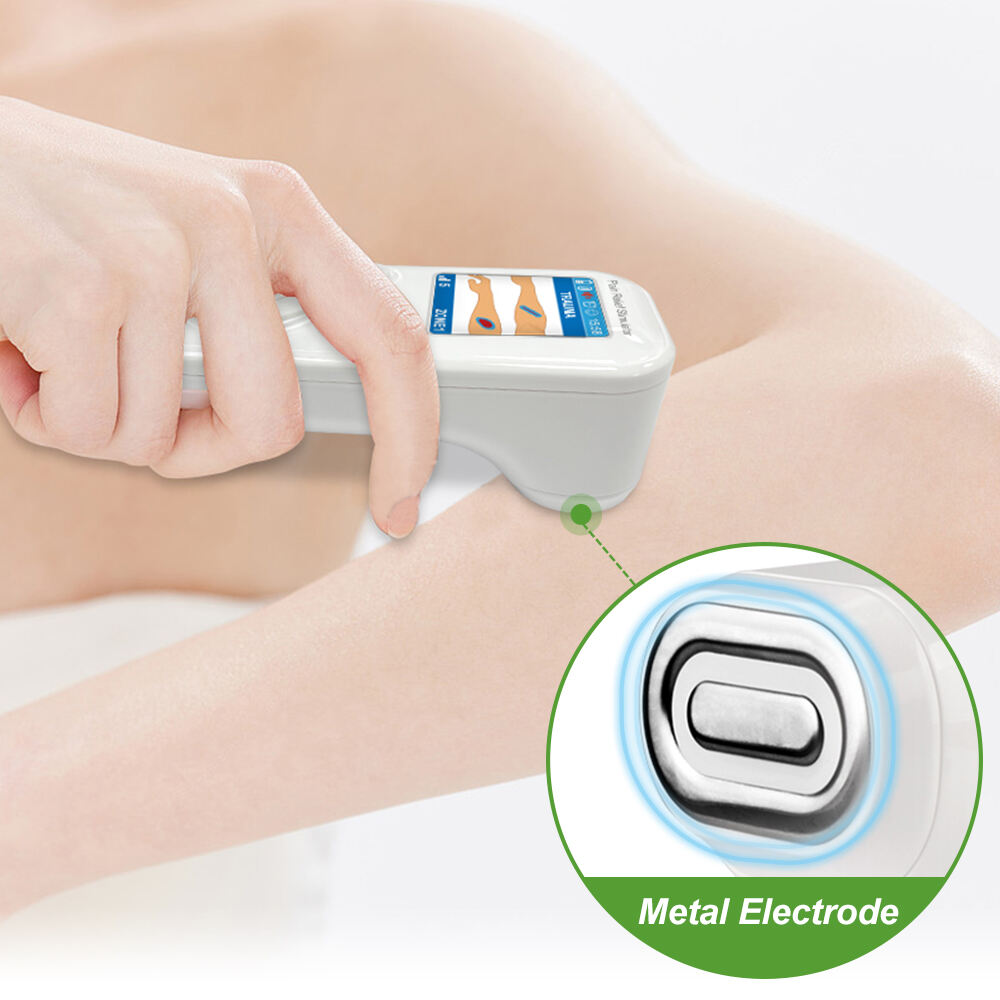In the competitive world of sports, athletes are constantly seeking innovative ways to gain an edge. While traditional training methods remain fundamental, technology has opened new frontiers in performance enhancement. Among these technological advancements, muscle stimulators have emerged as a powerful tool—but how exactly can they elevate athletic performance and endurance? Let's explore the science, benefits, and practical applications of these devices.
Understanding Muscle Stimulators: More Than Just Recovery Tools
Muscle stimulators, often referred to as Electrical Muscle Stimulation (EMS) devices, use electrical impulses to trigger involuntary muscle contractions. While they're widely known for rehabilitation and recovery, their potential to enhance performance is equally compelling. Here’s how they work:
Electrodes placed on the skin deliver low-frequency electrical signals to motor neurons.
These signals mimic the brain’s natural commands, causing muscles to contract and relax.
The intensity and frequency of the impulses can be adjusted to target specific goals, such as strength, power, or endurance.
The Science Behind Muscle Stimulators and Performance
1. Activating More Muscle Fibers
One of the key ways EMS enhances performance is by recruiting a higher percentage of muscle fibers than voluntary contractions alone. During traditional exercise, the body typically activates around 30–50% of muscle fibers. EMS, however, can engage up to 90%, including deep muscle tissues that are often underutilized. This leads to:
Improved Muscle Strength and Power: By activating more fibers, EMS helps build functional strength, particularly in fast-twitch muscles responsible for explosive movements.
Enhanced Muscle Endurance: Repeated EMS sessions can increase the fatigue resistance of muscle fibers, allowing athletes to sustain high-intensity efforts for longer.
2. Optimizing Neuromuscular Efficiency
EMS trains the nervous system to communicate more effectively with muscles. This improves:
Faster Reaction Times: Athletes can develop quicker muscle responses, crucial for sports like basketball, soccer, or martial arts.
Better Coordination: EMS can target stabilizer muscles, improving balance and reducing the risk of injury during dynamic movements.
3. Boosting Blood Flow and Oxygen Delivery
EMS-induced contractions act as a "muscle pump," promoting circulation even at rest. This:
Delivers More Oxygen and Nutrients: Enhanced blood flow ensures muscles receive the fuel they need to perform optimally.
Accelerates Waste Removal: By flushing out metabolic byproducts like lactic acid, EMS reduces muscle fatigue and speeds up recovery between training sessions.
Practical Applications for Athletes
1. Pre-Workout Activation
Using EMS before a workout can "prime" the muscles for action. For example:
A sprinter might use EMS to activate glutes and quadriceps, ensuring these muscles fire efficiently during a race.
A weightlifter could target the core and stabilizer muscles to improve lifting form and power output.
2. In-Workout Endurance Support
While EMS isn’t a substitute for active training, it can complement endurance workouts:
Cyclists and runners can use low-intensity EMS during long sessions to delay muscle fatigue.
Swimmers may employ EMS to maintain shoulder muscle engagement during repetitive strokes.
3. Post-Worket Recovery
Though not directly performance-enhancing, faster recovery allows athletes to train harder and more frequently. EMS aids in:
Reducing muscle soreness (DOMS).
Preventing stiffness and maintaining flexibility.
Evidence from Sports Science
Research supports the efficacy of EMS for athletic performance:
A study published in the Journal of Sports Science & Medicine found that athletes who combined EMS with traditional training saw greater improvements in vertical jump height and sprint performance compared to those who relied on conventional methods alone.
Another study highlighted EMS's ability to improve running economy in endurance athletes by optimizing muscle recruitment patterns.
Types of Muscle Stimulators for Performance
Not all devices are created equal. Athletes should consider:
Whole-Body EMS Suits: These allow for simultaneous stimulation of multiple muscle groups, ideal for full-body conditioning.
Localized EMS Devices: Target specific areas like quadriceps, calves, or shoulders for sport-specific gains.
Combination TENS/EMS Units: Offer both performance enhancement and pain relief capabilities.
Limitations and Considerations
While promising, EMS has its limitations:
It’s a Supplement, Not a Replacement: EMS cannot replicate the cardiovascular and metabolic benefits of active exercise.
Proper Technique is Crucial: Incorrect electrode placement or intensity settings can reduce effectiveness or cause discomfort.
Individual Variability: Results may vary based on fitness level, genetics, and training consistency.
How to Incorporate EMS into Your Training Regimen
For athletes looking to integrate EMS, here’s a practical approach:
Start with Professional Guidance: Work with a sports therapist or trainer to learn proper usage.
Begin with Low Intensity: Gradually increase intensity as your muscles adapt.
Combine with Active Training: Use EMS as a finisher after workouts or on active recovery days.
Monitor Progress: Track performance metrics like strength, endurance, and recovery times to assess effectiveness.
The Future of EMS in Sports
Innovations in EMS technology continue to evolve. From wearable devices that sync with smartphones to AI-driven customization, the future holds even greater potential for personalized performance optimization.
Conclusion
Muscle stimulators offer a scientifically backed method to enhance athletic performance and endurance. By activating more muscle fibers, improving neuromuscular efficiency, and supporting recovery, EMS can help athletes break through plateaus and achieve new levels of excellence. However, like any tool, its success depends on strategic integration into a well-rounded training program. For athletes committed to maximizing their potential, EMS represents a bridge between current abilities and peak performance.





